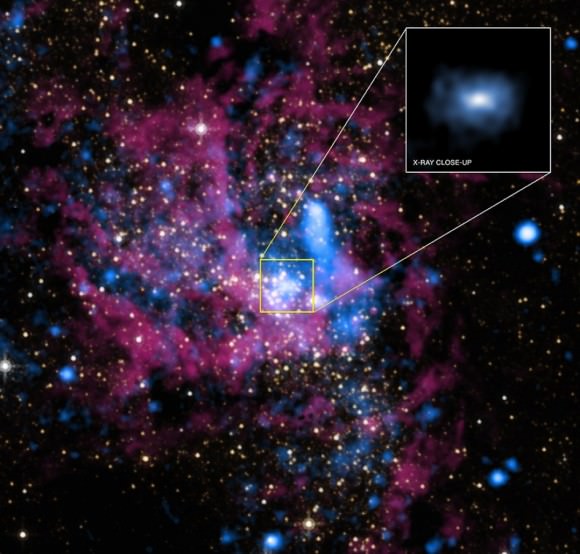FACTS AND VIDEOS ON BLACK HOLES
Black Hole Facts.
Fact 1: You can’t directly see a black hole.

Because a black hole is “black” , no light can escape from it, it’s impossible for us to sense the hole directly through our instruments, no matter what kind of radiation we use (light, X-rays, whatever.) The key is to look at the hole’s effects on the nearby environment, points out NASA. Say a star happens to get too close to the black hole, for example. The black hole naturally pulls on the star and rips it to shreds. When the matter from the star begins to bleed toward the black hole, it gets faster, gets hotter and glows brightly in X-rays.

Fact 2:Our Milky Way has a black hole.
Although there is probably a huge super-massive black hole lurking in the middle of our galaxy. Luckily, we’re nowhere near this milky way we are about two-thirds of the way out from the center, relative to the rest of our galaxy ,but we can certainly observe its effects from afar. For example: the European Space Agency says it’s four million times more massive than our Sun, and that it’s surrounded by surprisingly hot gas.
Fact 3: Dying stars create stellar black holes.
Our Sun is going to end its life quietly; when its nuclear fuel burns out, it’ll slowly fade into a white dwarf. That’s not the case for far more massive stars. When those monsters run out of fuel, gravity will overwhelm the natural pressure the star maintains to keep its shape stable. When the pressure from nuclear reactions collapses, according to the Space Telescope Science Institute, gravity violently overwhelms and collapses the core and other layers are flung into space. This is called a supernova. The remaining core collapses into a singularity — a spot of infinite density and almost no volume. That’s another name for a black hole.
Fact 4: The nearest black hole is 1,600 light-years away.
An erroneous measurement of Sagitarii led to a slew of news reports a few years back saying that the nearest black hole to Earth is astoundingly close, just 1,600 light-years away. Not close enough to be considered dangerous, but way closer than thought. Further research, however, shows that the black hole is likely further away than that. Looking at the rotation of its companion star, among other factors, yielded a 2014 result of more than 20,000 light years.
Fact 5: Black holes are used all the time in science fiction.
There are so many films and movies using black holes, for example, that it’s impossible to list them all. Interstellar‘s journeys through the universe includes a close-up look at a black hole. Event Horizon explores the phenomenon of artificial black holes something that is also discussed in the Star Trek-universe. Black holes are also talked about in Battle star: Galactica, Stargate and SG1.
No comments:
Post a Comment